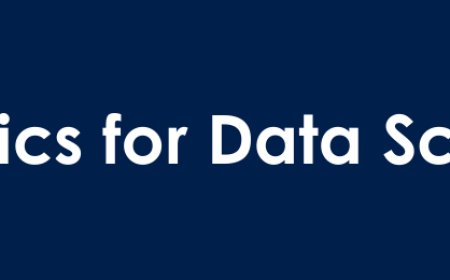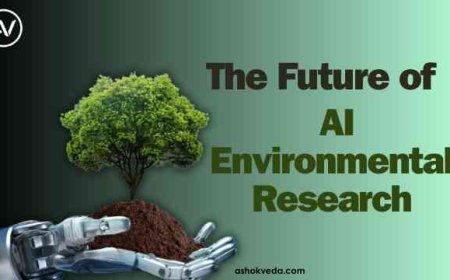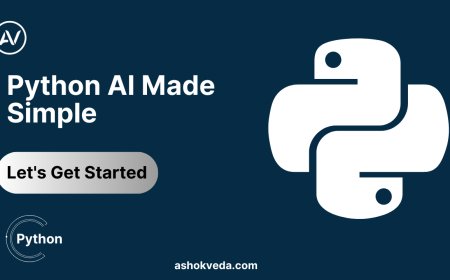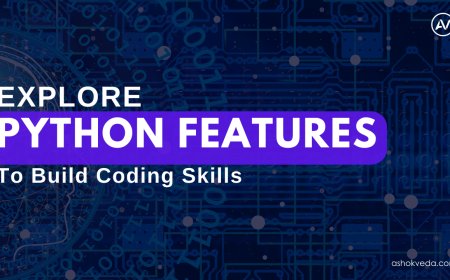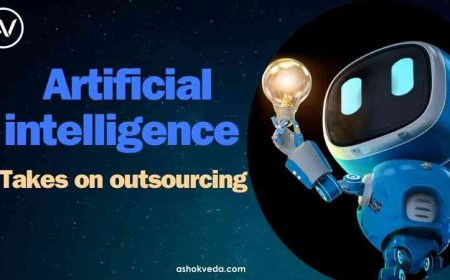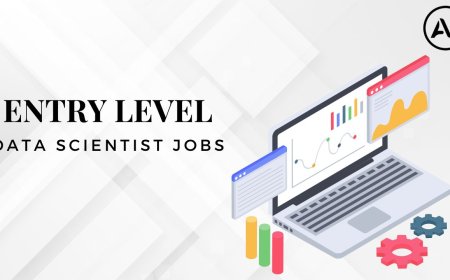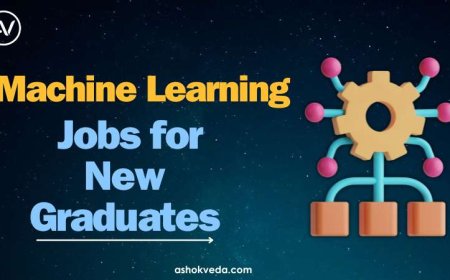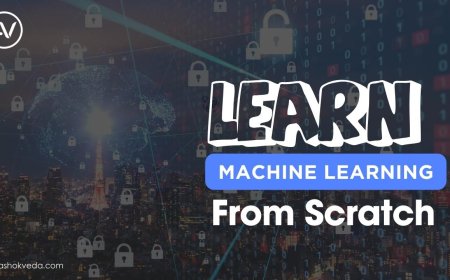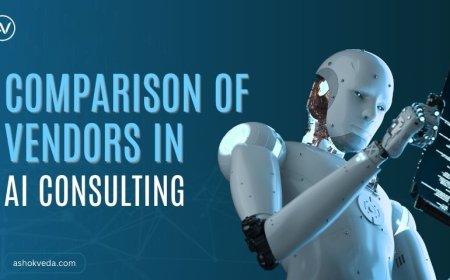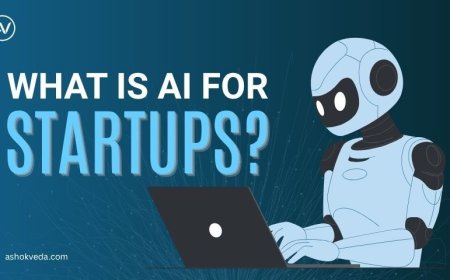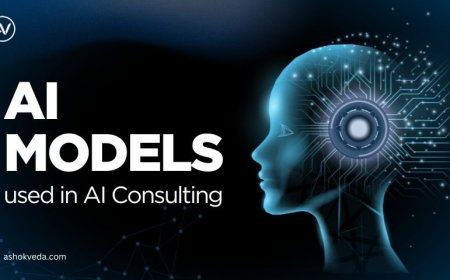Top 6 Case Studies of AI for Startups Transforming Business
Explore how AI empowers startups to scale smarter in 2025. Read real case studies, challenges, and key lessons driving the next wave of intelligent innovation.
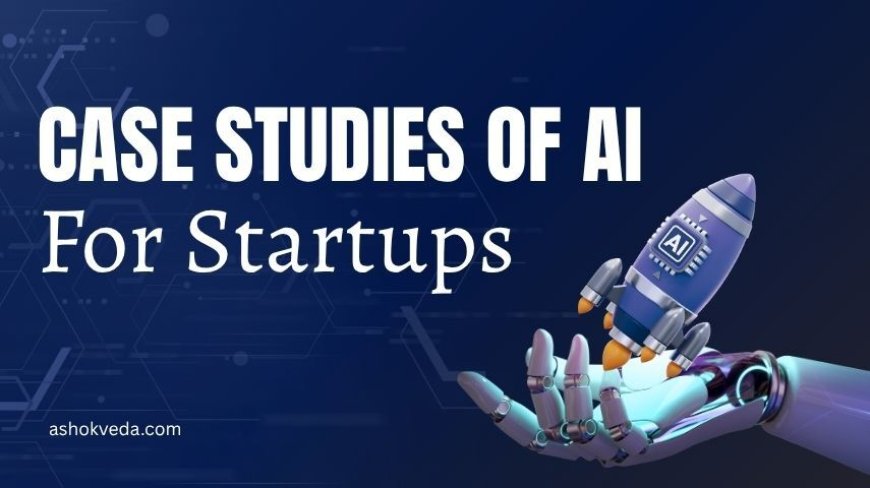
Artificial intelligence (AI) will have turned from a buzzword into a startup imperative by 2025. AI for startups has evolved from a futuristic concept to a defining force of global entrepreneurship. Artificial Intelligence is no longer a luxury reserved for tech giants; it’s the strategic engine powering lean, data-driven, and scalable innovation. According to industry analysis, more than two-thirds of technology-driven startups are now embedding AI in their product or operations, and investor interest remains intense, with global funding for AI-centric companies exceeding tens of billions annually.
This surge reflects not only technology adoption but also real business advantage: startups that integrate AI early show markedly stronger growth, greater efficiency, and higher valuations than their peers. Yet while many founders talk about “AI” in broad strokes, few articulate how it becomes a repeatable engine of value. The five case studies below cut through the jargon and show how startups, across different domains and maturity levels, have built, launched, and scaled AI capabilities, including the hurdles they overcame and the lessons learned. These highlight the concrete ways AI can shift product-market fit, monetization, customer experience, and operational productivity.
Case Studies of AI for Startups
1. Grammarly: Writing Assistant with Instant Scale
Problem addressed: For both individual users and enterprises, writing clearly and efficiently remains a challenge—errors, tone misalignment, and productivity drag add up daily.
AI-driven solution: Grammarly embedded natural language processing (NLP) and machine learning models into its core product. Through continuous feedback loops (user corrections, accept/reject signals), model accuracy improved, generating real user value.
Key outcomes & lessons:
-
The AI component isn’t a bolt-on; it is the product. The user buys “better writing,” and the AI delivers that benefit.
-
Growth via a freemium model allowed rapid data accumulation, stronger model training, and conversion to paid enterprise features.
-
Feedback data (what suggestions users accept or reject) becomes a virtuous cycle—data quality improves model performance, which improves UX, which improves retention.
Takeaway for startups: If you can clearly articulate the user's job (e.g., “improve writing”) and the AI component gives measurable uplift (fewer errors, faster writing, better tone), you create a compelling product moat.
2. Jasper AI: Generative AI for Marketing at Scale
Problem addressed: Marketing teams run against tight deadlines for content (blogs, ad copy, emails, and social posts), and standard tools don’t scale writing with quality.
AI-driven solution: Jasper uses a fine-tuned generative large language model (LLM) to draft content, adapt brand tone, integrate keywords, and optimize for conversion. Human editors refine rather than fully rewrite.
Key outcomes & lessons:
-
The product balances automation and human control: marketers remain in command but gain speed and scale.
-
Generative capability is wrapped inside a UX that addresses brand voice, content templates, and team workflows. AI alone isn’t enough without workflow integration.
-
Rapid adoption enabled by clear ROI (time saved, content volume increased, cost per piece reduced).
Takeaway for startups: If you’re using AI, ensure it solves a pain that has metrics (content cost, output volume, time to publish) and integrate it into the user’s workflow rather than expecting users to adapt heavily.
3. Rubixe: Democratizing AI for Businesses and Education
Problem addressed: Small and mid-sized enterprises (SMEs) often lack access to AI expertise, resources, and affordable tools to harness data-driven decision-making. Simultaneously, the global AI talent gap limits how quickly industries can adopt intelligent automation.
AI-driven solution: Rubixe built a dual-impact model, delivering custom AI solutions for businesses (like predictive analytics, process automation, and customer insights) while educating professionals and students in AI and data science. Their proprietary platforms combine business consulting with applied AI to make innovation accessible for non-technical organizations.
Key outcomes & lessons:
-
Democratization of AI: Enabled 100+ SMEs to integrate AI into daily operations, boosting efficiency and decision-making speed.
-
Bridging the skill gap: Trained thousands of learners in machine learning and data analytics through practical, industry-aligned programs.
-
Sustainable ecosystem: Balanced commercial AI services with educational initiatives to fuel long-term adoption and awareness.
Takeaway for startups: AI innovation scales faster when paired with education and empowerment. Startups like Rubixe show that simplifying AI adoption for businesses and training people to use it effectively create both commercial and social impact. Focus on accessibility, ecosystem partnerships, and continuous learning to build lasting value.
4. Runway ML: Creative AI for Video and Visuals
Problem addressed: Video production, editing, and effects are expensive and time-consuming; access is limited to large studios.
AI-driven solution: Runway ML built a suite of AI tools (GANs, diffusion models, and transformer architectures) enabling creators to generate and edit visuals and video with text or simple commands. This democratizes high-end creative work.
Key outcomes & lessons:
-
The compelling user experience: turning complex editing tasks into intuitive AI-powered workflows.
-
Viral adoption: creative professionals share outputs, lowering the barrier of entry and accelerating uptake.
-
Value goes deep: time saved, creative options expanded, and cost reduced.
Takeaway for startups: Target domains where a high-friction creative or production process exists, and show how AI can lower that friction dramatically. The user feels the difference immediately.
5. Gong: Capturing Sales Intelligence from Interactions
Problem addressed: Sales teams often rely on gut feelings, manual review of calls/emails, and poor forecast accuracy. Unstructured data (conversations) holds hidden insights.
AI-driven solution: Gong uses speech-to-text, NLP, and predictive analytics to convert call transcripts. email threads and CRM logs into actionable signals: deal risk, topic patterns, and rep performance.
Key outcomes & lessons:
-
The data asset: every call and every interaction becomes training data and a signal.
-
Trust is built through metrics: improved forecast accuracy, higher win rates; the business outcome is clear.
-
Workflow integration: sales reps receive suggestions rather than overhead; the product is proactively useful.
Takeaway for startups: If your startup touches an interaction-rich process (e.g., sales, support, onboarding), you can build an intelligence layer on top of it. Focus on conversion/forecast uplift, not just model accuracy.
6. PathAI: Healthcare Diagnostics Powered by Deep Learning
Problem addressed: In pathology and medical diagnostics, variation between human experts, slow turnaround times, and high costs are significant.
AI-driven solution: PathAI built deep convolutional neural networks trained on pathology slides, collaborating with major pharma and healthcare institutions to improve diagnostic speed and accuracy.
Key outcomes & lessons:
-
Highly regulated domain: the startup augmented human expertise, not attempted full automation, which aided trust and adoption.
-
Clear value: reduced error rates, faster time-to-diagnosis, and better outcomes for patients and hospitals.
-
Data & partnerships matter: access to high-quality medical data and collaboration with hospitals/pharma were essential.
Takeaway for startups: In regulated industries, positioning as “assistant to the expert” often wins. You’ll need high-quality labels/data and clear metrics (accuracy uplift, time savings, and cost reduction).
Challenges for AI Startups in 2025
-
Data Scarcity and Quality Control: Most startups struggle to access large, diverse, and accurately labeled datasets. Poor data hygiene or biased samples can cripple even the best models and lead to unreliable outcomes.
-
High Infrastructure and Scaling Costs: Training, hosting, and maintaining AI models demand significant GPU/TPU resources. For early-stage startups, the compute cost often outpaces short-term revenue potential.
-
Talent and Skill Gaps: AI expertise is scarce. Recruiting data scientists, ML engineers, and MLOps specialists is expensive, slowing product velocity and experimentation.
-
Model Drift and Maintenance Complexity: Once deployed, AI systems degrade as user behavior and data distributions evolve. Continuous retraining and monitoring are vital yet resource-intensive.
-
Ethical, Legal, and Privacy Concerns: From GDPR compliance to bias mitigation, startups must navigate a minefield of ethical expectations and regulatory frameworks, often without in-house legal expertise.
-
Market Education and Trust Building: Many customers still view AI as a “black box.” Startups must invest time in educating users, providing transparency, and proving ROI to win lasting adoption and credibility.
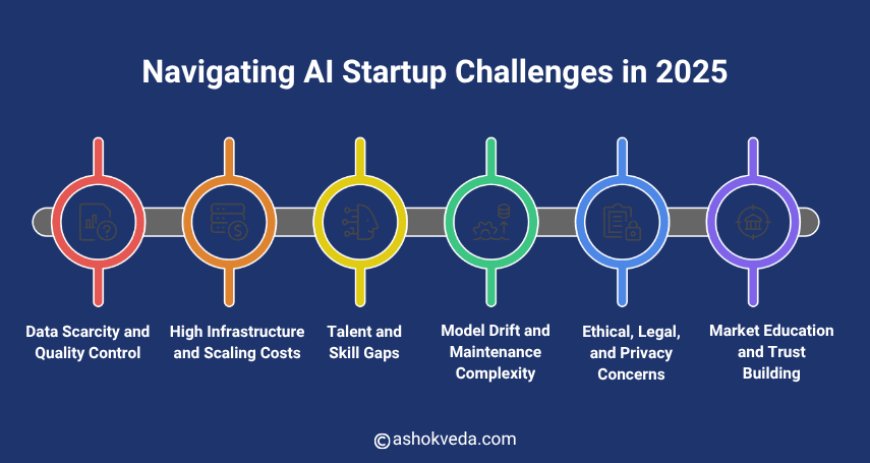
Action Checklist for Your Startup
Here’s your rapid checklist if you’re founding or scaling an AI-powered startup:
-
Define one primary KPI you aim to move with AI.
-
Map the data sources you have (logs, content, interactions) and confirm you have or can build the labels.
-
Build a prototype (lightweight) that delivers visible value quickly.
-
Embed the interface in your user workflow so that adoption is natural.
-
Run an experiment (A/B test, increment rollout) to measure uplift.
-
Invest in data infrastructure, model drift monitoring, and feedback loops.
-
Plan to scale only after you’ve proven the business metric and the pipeline.
-
Establish governance (privacy, ethics, transparency) if you work with sensitive data.
AI is reshaping the startup environment and empowering founders to innovate faster and smarter. The case studies of AI for startups show that success comes from solving real problems, not just using advanced algorithms. Startups that focus on ethical data use, scalable infrastructure, and continuous learning turn challenges into opportunities. As 2025 unfolds, the winning formula lies in blending intelligence with purpose, creating AI-driven solutions that deliver measurable impact, trust, and long-term growth.


